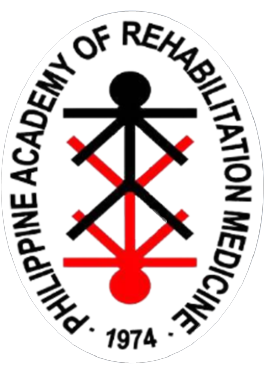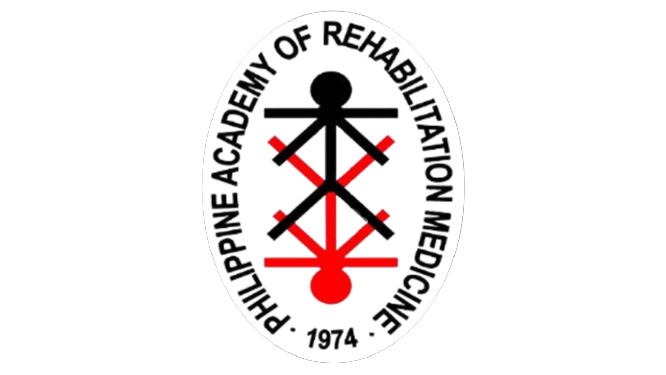Home » About Physiatry
About Physiatry
What is Physiatry?
Physiatry is also known as Rehabilitation Medicine. Rehabilitation is taken from the Latin word “habil”, which means to “make able again”. Termed also as Physical Medicine and Rehabilitation and Physical and Rehabilitation Medicine, it is a branch of medicine that aims to enhance, restore, and optimize functional ability and quality of life to those with physical impairments and disabilities.
Who is a Physiatrist?
A physiatrist is a physician who has completed a specialty training in Rehabilitation Medicine. Physiatrists specialize in restoring optimal function and quality of life and overcome disabilities for people with injuries to the musculoskeletal system (muscles, bones, tendons, ligaments, cartilage, meniscus, and other joint structures); neurological system (brain, spinal cord, cranial nerves, spinal nerves, and autonomic nerves); and cardiopulmonary and renal system (heart, lungs and kidneys), among other human body systems.
History of Physiatry in the World
Dr. Frank H. Krusen is the Pioneer of Physical Medicine and Rehabilitation in the world. Born in
1898, he established the first Department of Rehabilitation at Temple Hospital in 1928. He
coined the term Physiatry in 1938. Historically, the first residency training in Rehabilitation
Medicine was founded at the Mayo Clinic in 1936.
Moreover, Dr. Howard A. Rusk, a military internist is the Founder of Rehabilitation Medicine.
Appointed to rehabilitate airmen during World War II, Rehabilitation Medicine gained
prominence during both World Wars in the treatment of injured soldiers and laborers. He also
established the Rusk Institute of Rehabilitation Medicine.
In 1944, the Baruch Committee, commissioned by philanthropist Bernard Baruch, defined the
specialty as a combination of the two fields, namely Physical Medicine and Rehabilitation, and
Rehabilitation Medicine, and laid the framework for the acceptance of the official medical
specialty.
In 1947, Physical Medicine and Rehabilitation in the United States was officially established,
when an independent Board of Physical Medicine and Rehabilitation was established under the
authority of the American Board of Medical Specialties. In 1949, thru Dr. Howard Rusk, the
specialty incorporated Rehabilitation Medicine, and changed its name to Physical Medicine and
Rehabilitation.
History of Physiatry in the Philippines
Military surgeons interested in the field of Rehabilitation Medicine were sent to the United States (US) military hospitals immediately after the Second World War for training in the care of military injuries and disabilities, and formed the nucleus of the specialty in the Philippines during its infancy. Furthermore, impetus in the growth of the field was provided by Dr. Henry Kessler who under the sponsorship of the US Armed Forces, visited the National Orthopedic Hospital and conducted several in-service training for local physicians.
During the mid-50s, young Filipino doctors who became interested in Rehabilitation Medicine as a specialty left for the US for further training. Most of the physicians completed their residency training programs at the Rusk Institute in New York however, only a few physicians returned to the Philippines to practice. In the 1960s, a group of physiatrists and orthopedic surgeons interested in the field organized the Philippine Society of Physical Medicine and Rehabilitation, with Dr. Abelardo O. Inocentes as first president. The society then had an active membership of less than twenty. In 1974, the organization’s name was changed to the Philippine Academy of Rehabilitation Medicine (PARM), with Dr. Tyrone M. Reyes as first president.
Four legacy training programs were established, namely the University of the Philippines – Philippine General Hospital, Philippine Orthopedic Center, University of Santo Tomas Hospital, and Veterans Memorial Medical Center. Over the years, other training institutions were accredited namely St. Luke’s Medical Center, Ospital ng Makati, and The Medical City.
At present, the academy boasts of more than 500 members. It has continued to work towards the betterment of the specialty and continually moves on in providing a better quality of life at large for the Filipino people.








